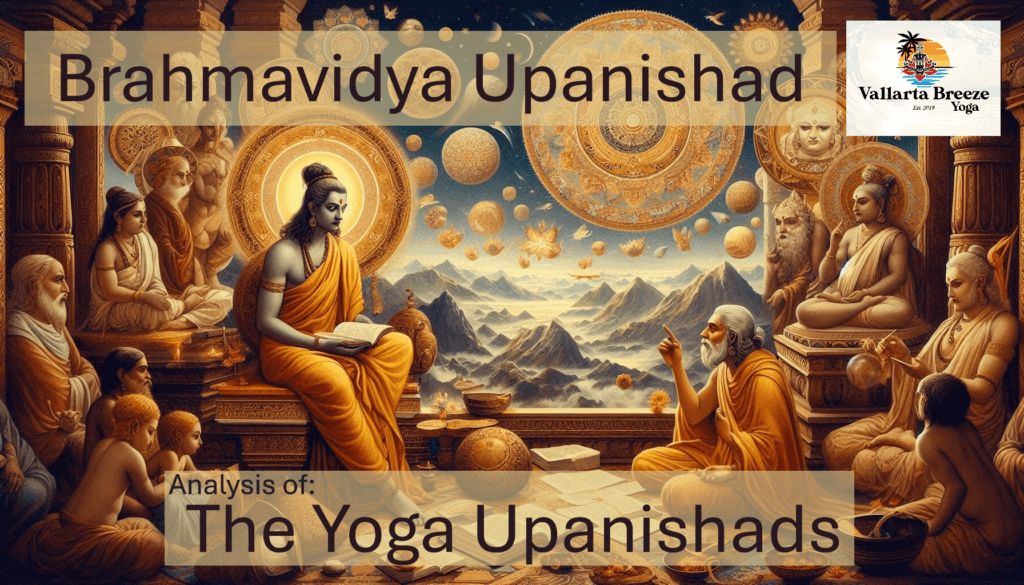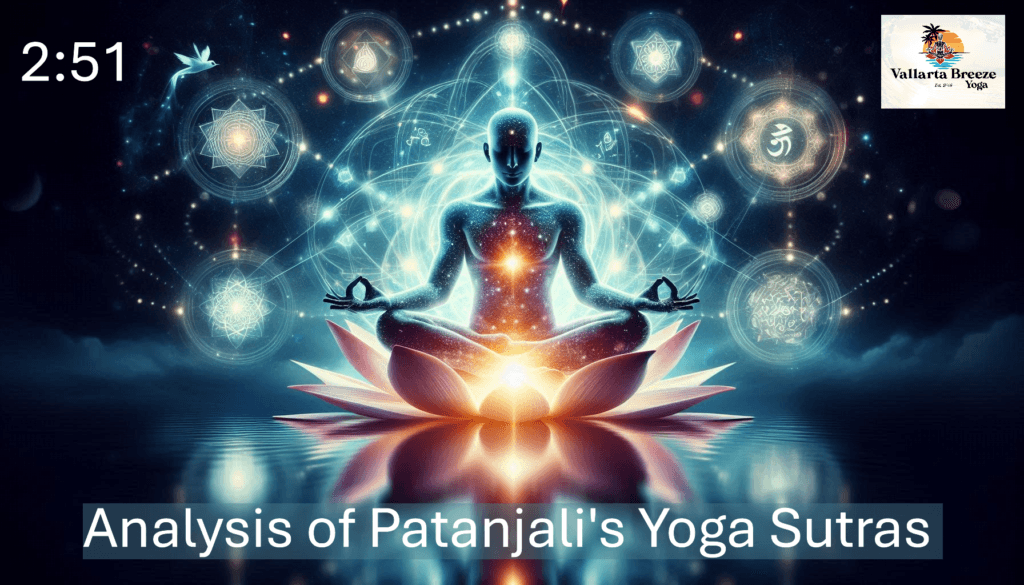Yoga Sutra 3.1 | Desha-bandhah chittasya dharana.
Yoga Sutra 3.1 | Desha-bandhah chittasya dharana. Yoga Sutra 3.1 in Context Sanskrit Text:Desha-bandhah chittasya dharana. Literal Translation:“Dharana is the binding of the mind to one place, object, or idea.” First set down in Patanjali’s Yoga Sutras—compiled between 200 and 500 CE—this sutra introduces us to the principle of Dharana. It is the first step in […]
Yoga Sutra 3.1 | Desha-bandhah chittasya dharana. Read More »
Education Sutras Yoga





























